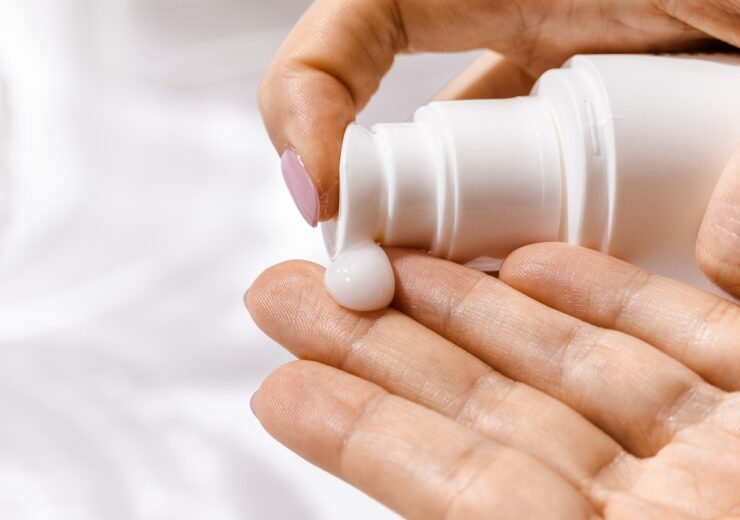In the study, the positive topline results showed significantly more patients treated with ruxolitinib cream 0.75% and 1.5% achieved IGA-TS in comparison to patients administered with vehicle control

Opzelura is the cream formulation of Incyte’s selective JAK1/JAK2 inhibitor ruxolitinib. (Credit: AdoreBeautyNZ from Pixabay)
Incyte has announced that its ruxolitinib cream (Opzelura) has met its primary endpoint in Phase 3 TRuE-AD3 study of children (age ≥2 to <12 years) with atopic dermatitis (AD).
Opzelura is the cream formulation of Incyte’s selective JAK1/JAK2 inhibitor ruxolitinib. It is approved by the US Food & Drug Administration (FDA) for the topical treatment of nonsegmental vitiligo in patients 12 years of age and older.
In the study, the positive topline results showed significantly more patients treated with ruxolitinib cream 0.75% and 1.5% achieved Investigator’s Global Assessment Treatment Success (IGA-TS) in comparison to patients administered with vehicle control (non-medicated cream).
IGA-TS is said to have an IGA score of 0 (clear) or 1 (almost clear) with at least a two-point improvement from baseline at Week 8.
In addition, no new safety signals were observed, and the overall safety profile of ruxolitinib cream was comparable with prior findings.
The section of the trial focused on long-term safety will proceed as scheduled, the biopharmaceutical company said.
Incyte Inflammation & AutoImmunity group vice president Jim Lee said: “We have already seen the benefit that ruxolitinib cream can have among adult and adolescent patients with atopic dermatitis in the TRuE-AD1 and TRuE-AD2 studies, and this new positive data reinforces the potential of ruxolitinib cream to offer children a much-needed effective, non-steroidal topical therapy.
“We look forward to discussing these data with regulatory agencies to determine next steps.”
TRuE-AD3 is a randomized, double-blind, vehicle-controlled Phase 3 trial with the goal to assess the safety and efficacy of ruxolitinib cream against vehicle.
The study enrolled 300 patients (age ≥2 to <12 years) diagnosed with AD for at least 3 months and who were candidates for topical therapy.
The primary endpoint was defined as the proportion of participants achieving an IGA-TS with at least a 2-point improvement from baseline at week eight.
Secondary endpoints included the proportion of patients achieving at least a 75% improvement from baseline in the Eczema Area and Severity Index (EASI75) score.
